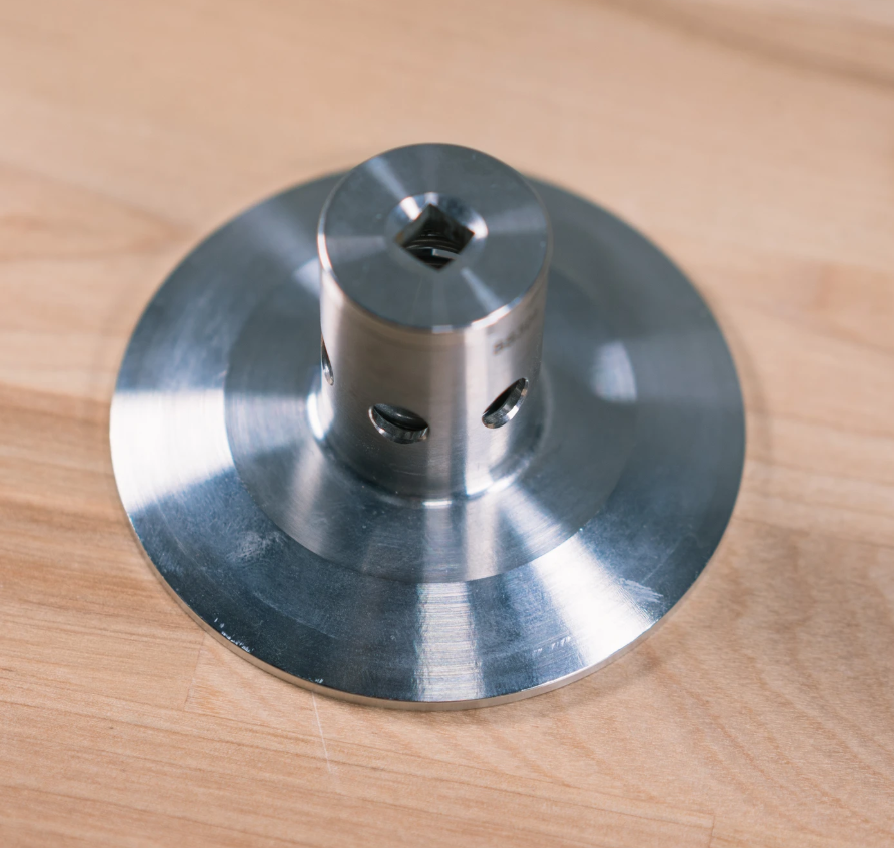In one of the article of BYO this month, it says "slightly open the PRV" on the SS Brewtech unitank. How do you "slighty" open up the PRV exactly?
The article:
https://byo.com/article/the-hop-dropper/
Thanks and sorry if it seems dumb.
The article:
https://byo.com/article/the-hop-dropper/
Thanks and sorry if it seems dumb.
























































![Craft A Brew - Safale BE-256 Yeast - Fermentis - Belgian Ale Dry Yeast - For Belgian & Strong Ales - Ingredients for Home Brewing - Beer Making Supplies - [3 Pack]](https://m.media-amazon.com/images/I/51bcKEwQmWL._SL500_.jpg)

